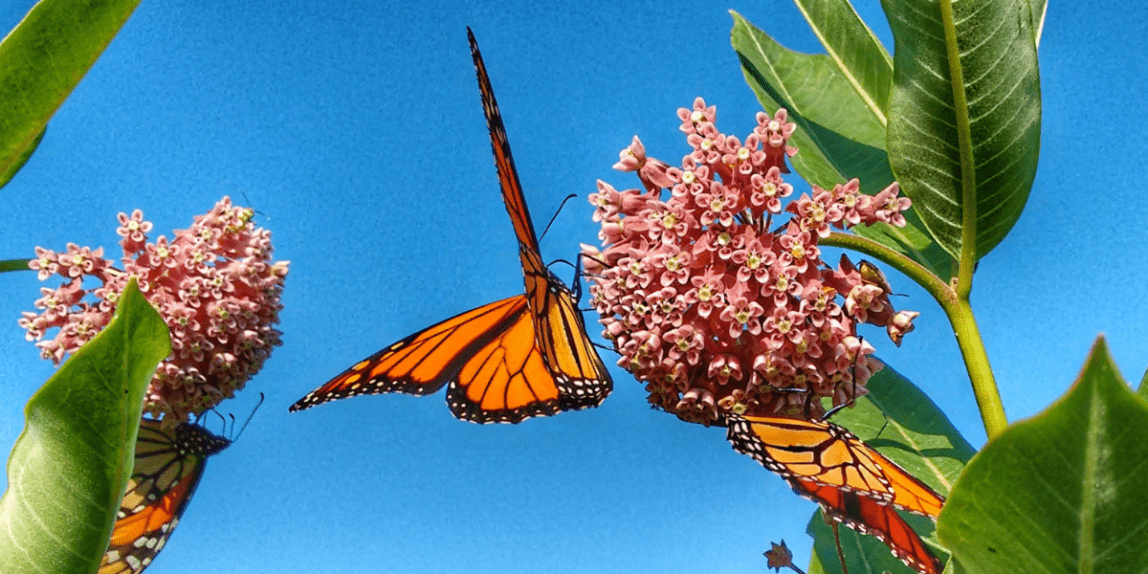Insects are a common sight in gardens, but did you know that not all bugs are created equal? Some are beneficial to the health of your garden, while others can cause serious harm. In this guide, we’ll explore the world of garden insects, and look specifically at what to look out for in the month of April.
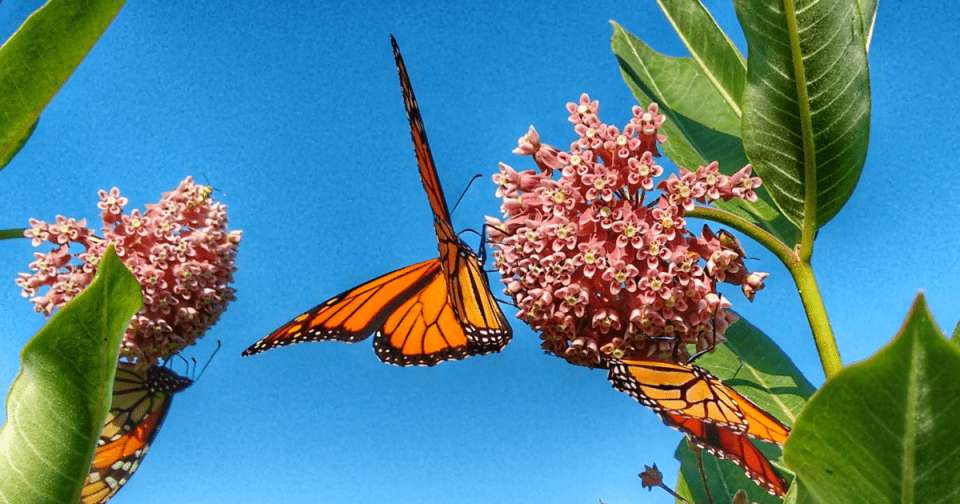
Garden Friends: Why They’re Important
Garden friends, or beneficial insects, play an important role in maintaining a healthy garden ecosystem. These insects help to pollinate plants, control pest populations and even enrich the soil. One way to attract beneficial insects to your garden is by creating a pollinator garden. Planting native “host plants” such as Globe Mallow, Penstemons, Butterfly Bush, Chaste Tree, and Mesquite trees can help to support pollinator populations. If you’re looking to support the Monarch butterfly population, consider planting Milkweed. To get your pollinator garden started follow these 5 easy steps.
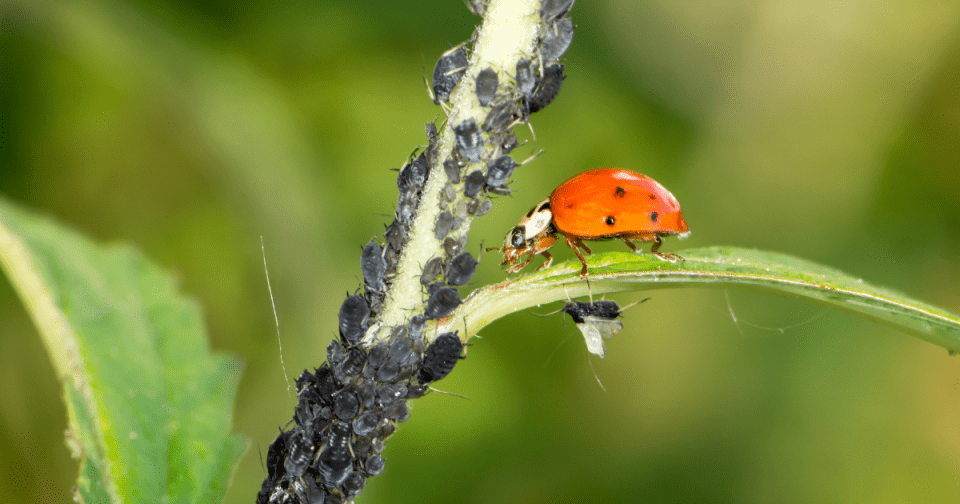
Another way to invite beneficial bugs to your garden is by purchasing them. Ladybugs, grasshoppers, and earthworms can be purchased at Star Nursery and released into your garden to combat persistent harmful insects.
Garden Foes: Why We Want to Get Rid of Them
While garden friends are benevolent to the health of your soil and plants, garden foes can wreak havoc on your plants. Below are three common pests that you may encounter in your garden, especially in the month of April.
Skeletonizer Caterpillars
These caterpillars love to chew on the leaves of grapes, vegetables, Texas Mountain Laurels, and tecoma bell varieties. If you spot them, it’s important to act fast to prevent damage to your plants. One treatment option is BT Worm Killer, which targets the caterpillars without harming other beneficial insects.
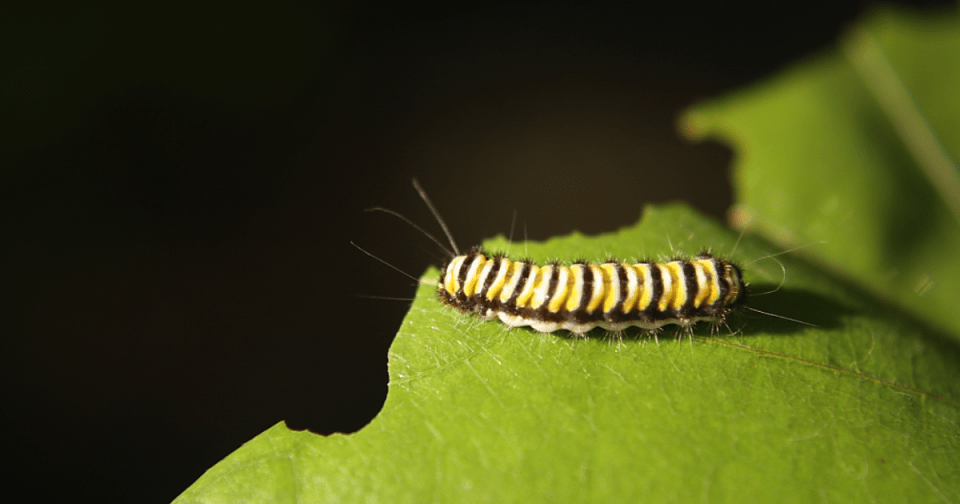
Borer Infestation
Borers are insects that lay their eggs on trees, and their larvae burrow into the trunk, causing serious damage. To prevent borers, it’s important to protect exposed tree trunks by using watered-down tree paint like Go Natural Tree Trunk Paint or wrapping trunks with a breathable material like DeWitt Tree Wrap. Covering trunk exposures can help to prevent infestations.
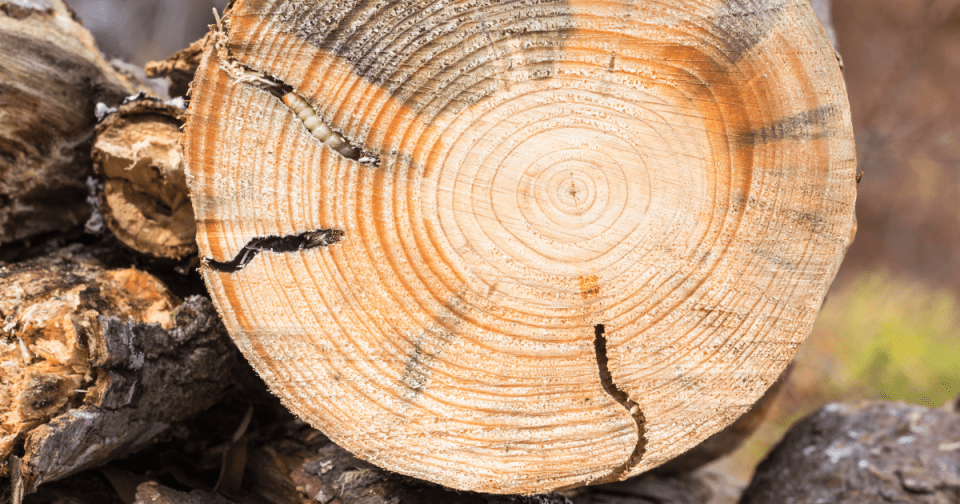
Ants
While ants themselves are not necessarily harmful, they can be a sign of garden foes. Ants feed on the honeydew excreted by aphids, mealybugs, and whiteflies, which can prevent beneficial bugs from controlling the harmful bug populations. To manage ants, consider using AMDRO Ant Block.
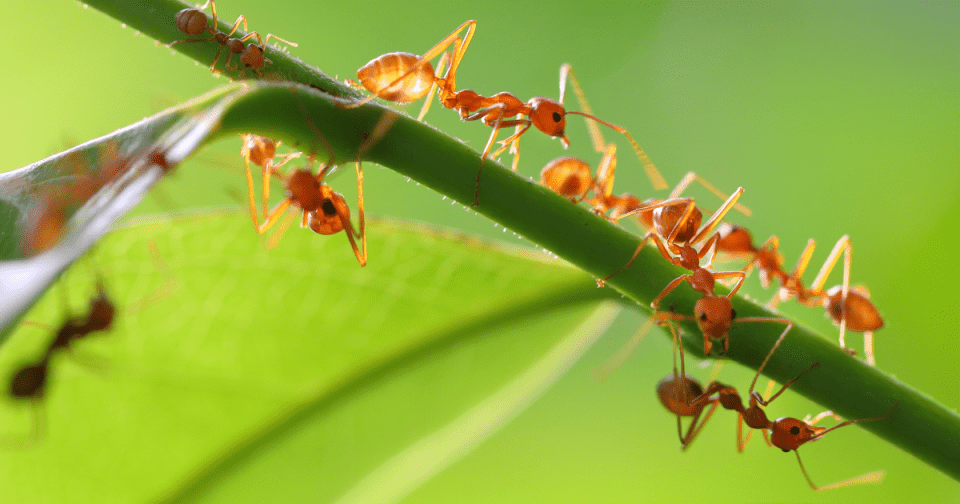
Insects are an integral part of a healthy garden ecosystem, but not all bugs are created equal. Knowing how to identify and manage garden friends and foes is key to maintaining a thriving garden. Whether you’re planting a pollinator garden or using beneficial insects to control pest populations, there are plenty of ways to work with insects to achieve a beautiful, buzzing backyard.
